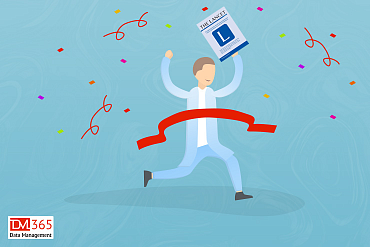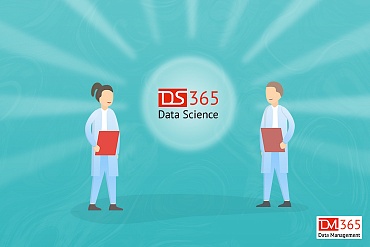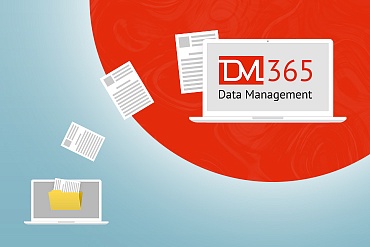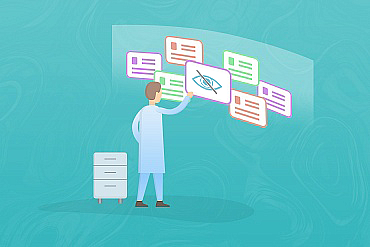Decentralized clinical trials, registries, marketing and feasibility projects with the new MainEDC™ ePRO – enjoy two interfaces (phone app and mobile-friendly webpage) working simultaneously with the integrated EDC / IWRS and Drug Supply system!
After 8 months of testing the system on six pilot projects, we are announcing the latest update of the MainEDC™ ePRO. The most important innovation at the update is the ability for subjects to use two access points simultaneously and independently – a mobile app and a webpage.
We have structured the development process in such a way that both services simultaneously receive updates and add-ons that are compatible with the current version of the system through our basic MainEDC™ Release Notes tool. It is a good fit not only for collecting data in a phase III clinical trial, but also for collecting marketing data for feasibility projects and for adding feedback to patient registers. We provide self-registration services and tools for initial subjects approval. That allows saving significant amount of time for medical researchers and dramatically expands opportunities for involving subjects in potential researches. We have successfully tested the platform under a huge load of data and received great feedback. Investigators and subjects appreciate the user-friendly intuitive interface, simplicity and ease of data entry and access. We have brought all the capabilities of our powerful MainEDC™ Form Builder to ePRO. So now it includes classic ePRO suite along with all the data types that are used in the main platform. Perhaps the most powerful validation checker on the market, the MainEDC™ Edit Checks system is now available for Data Managers and Data Scientists at MainEDC™ ePRO as well!
MainEDC™ ePRO is fully integrated with MainEDC™ EDC, IWRS and Drug Supply
- All MainEDC™ Data Management / Data Science functionality is available, including export to all formats
- Cell Phone app, mobile and desktop website
- Rebranding (white-labeling)
- Subject self-registration for clinical trials, feasibility studies, marketing programs and patient registries
- Immediate access to collected data from investigator and site team interfaces
- Multi-factor authentication (SMS / email)
- Compliance with GAMP 5, 21 CFR Part 11
- Supports up to 100 000 subjects within a single project
- Integration with wearable devices (fitness trackers, smart watches, etc.)











